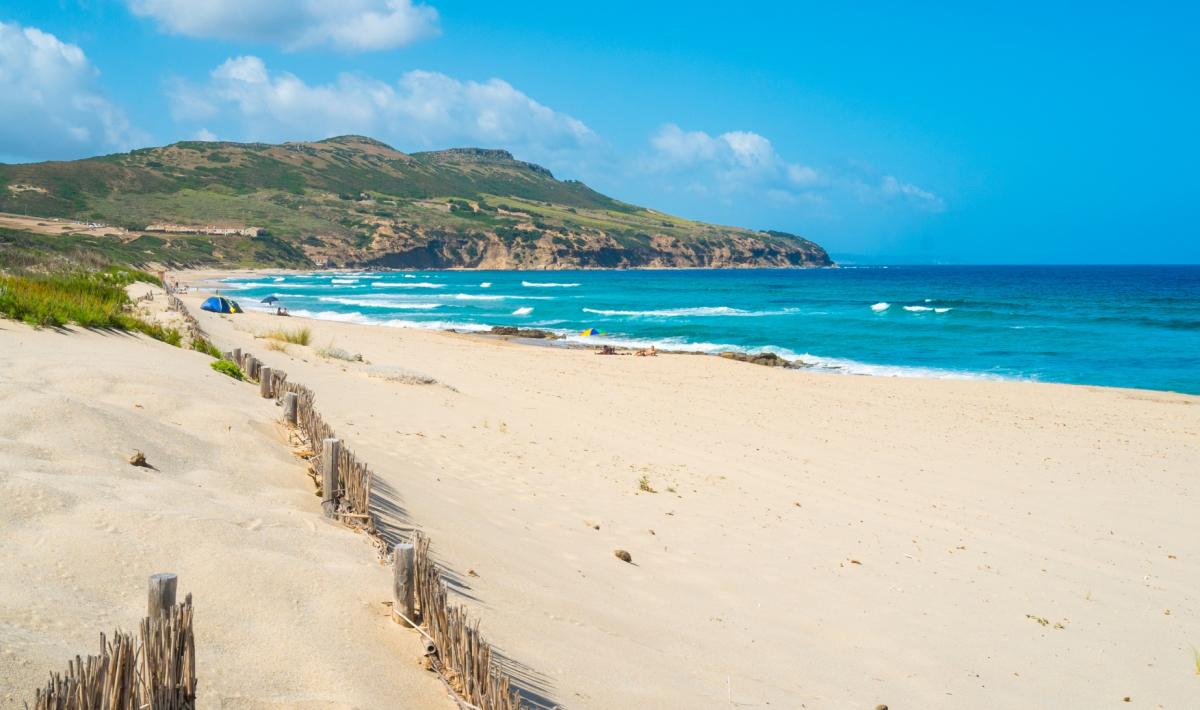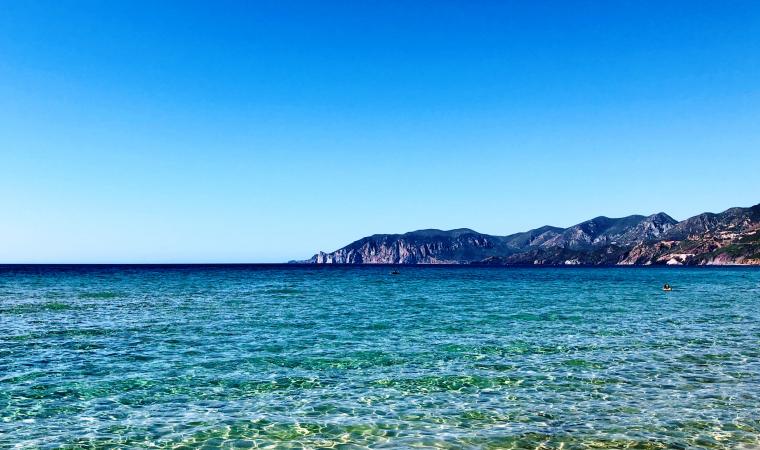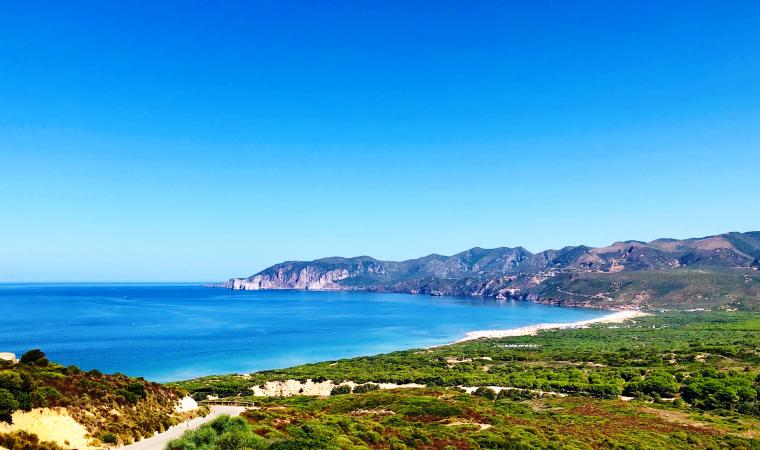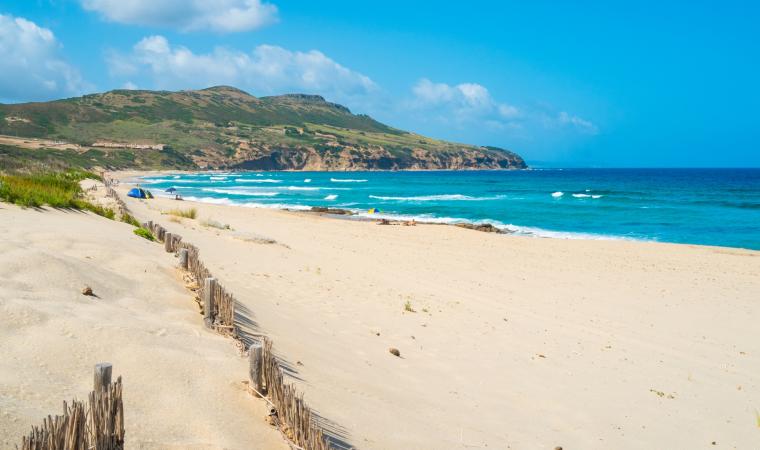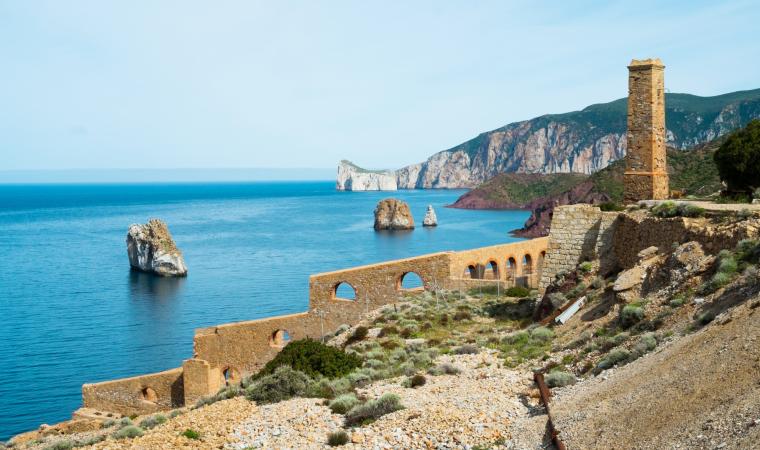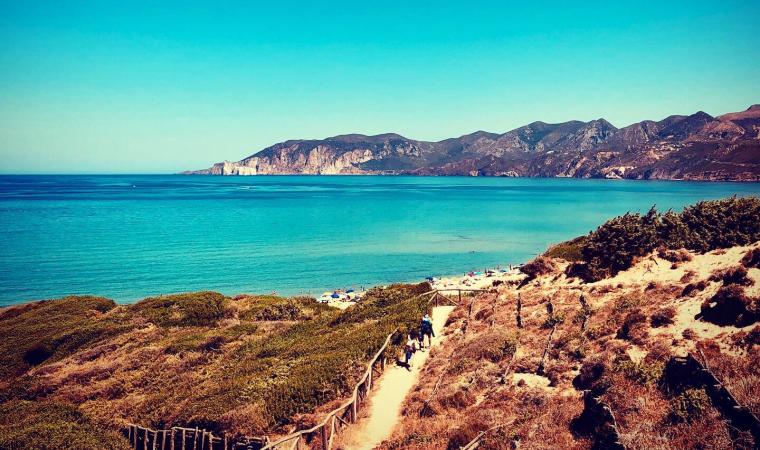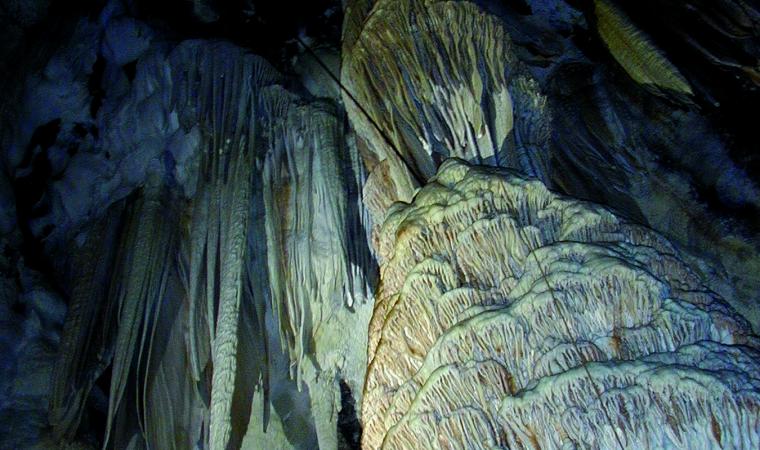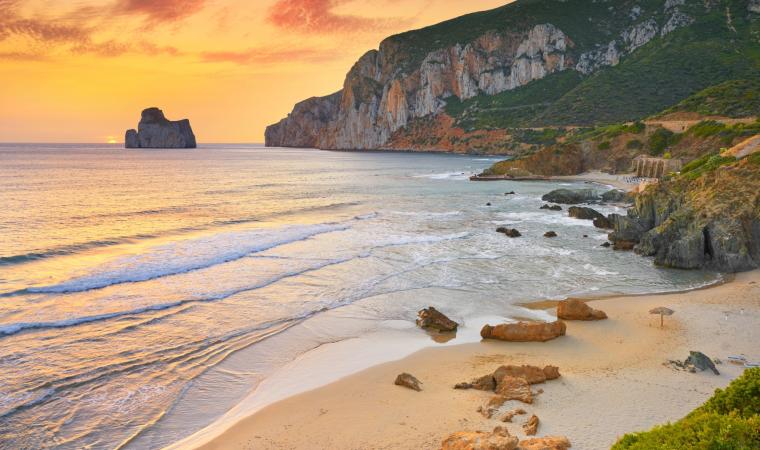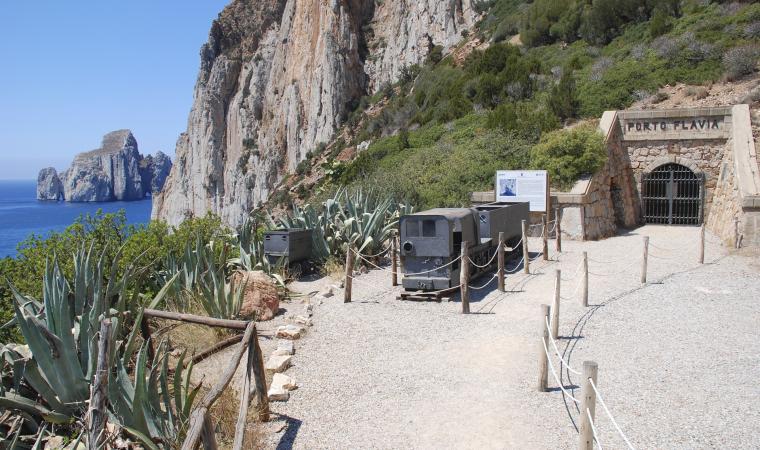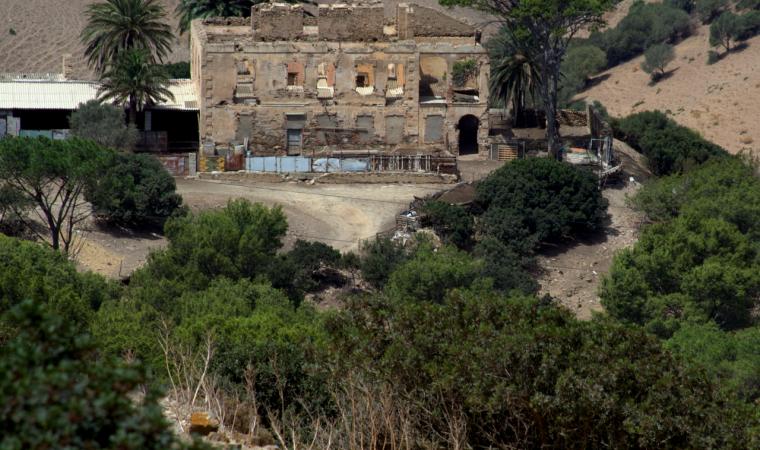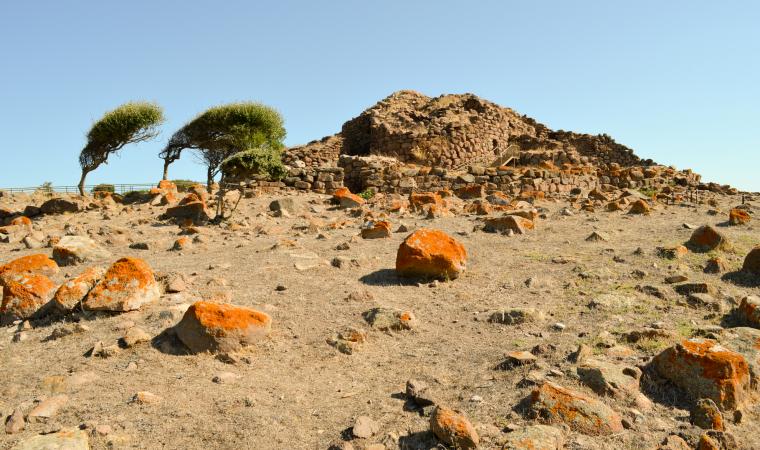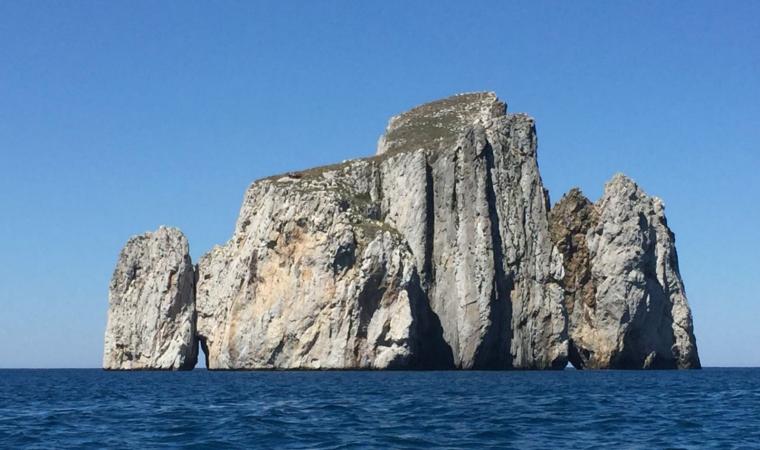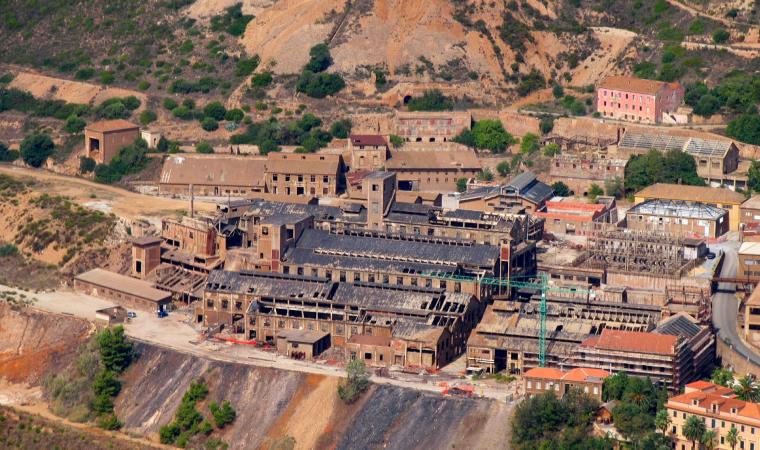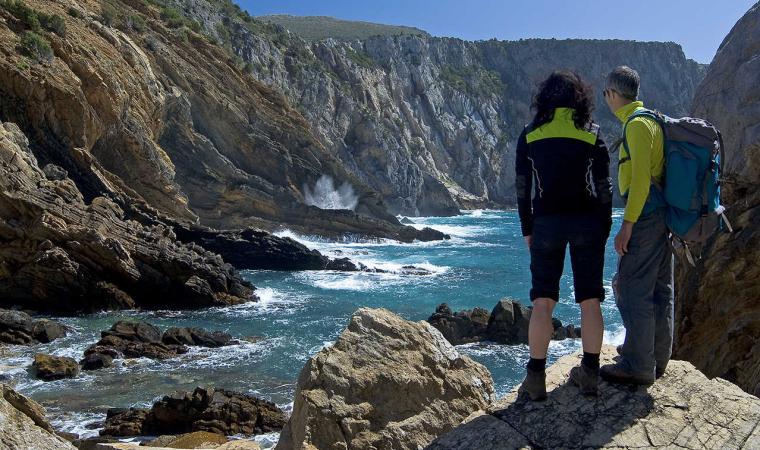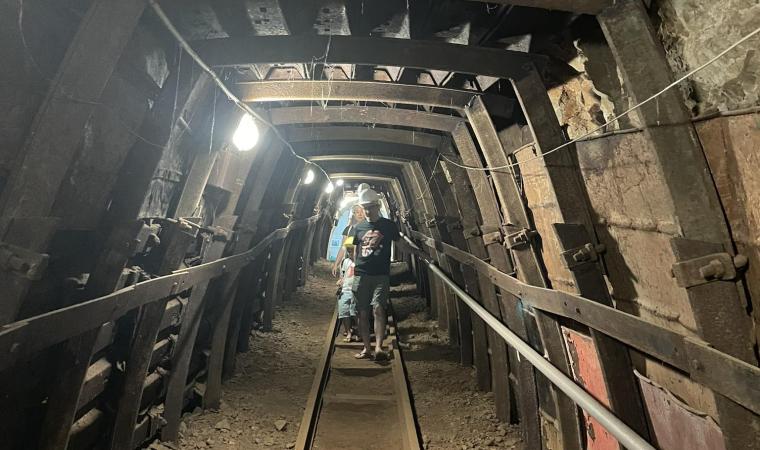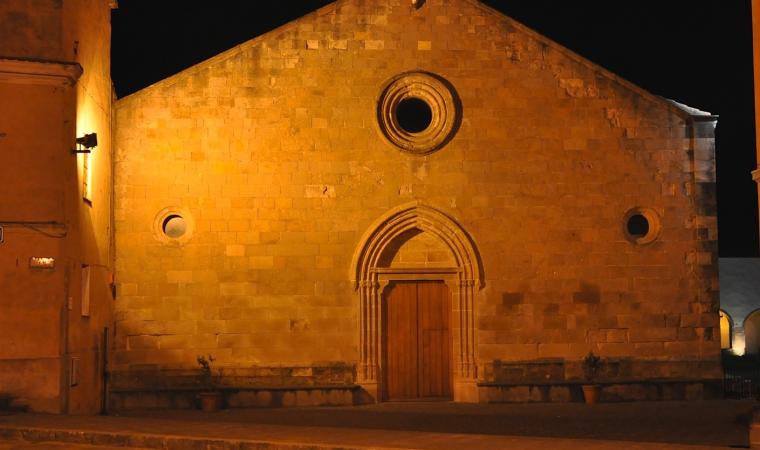A four-kilometre stretch of soft, firm sand, divided into four sections with four access points: Porto Paglia, Punt’e s’Arena, Plag’e mesu and Funtanamare. The Marina di Gonnesa is one of the largest, most enchanting and well-equipped shorelines along the Sulcis and Iglesiente coast, the border between the two territories on the southwestern extremity of the island. It extends within the captivating Golfo del Leone, bordered to the south by the eighteenth-century tuna fishery of Porto Paglia and to the north by the mining village of Funtanamare. The bay is framed by the elevations of the Sulcis region, with their lush offshoots reaching down to the sea, creating a marvellous series of golden sandy shorelines and limestone cliffs. There is a lush, green pine forest next to the beach. A little further on, you’ll find the sa Masa marshland, a destination for birdwatching enthusiasts, inhabited by rare aquatic birds, such as the western swamphen and the marbled duck.
The northernmost and largest part of the Gonnesa coast is Funtan’e Mari (in Campidano dialect): it’s about three kilometres long and is wild and evocative of the mining activities of the past. The fine sand is golden and pink in colour; the splendid multicoloured sea ranges from emerald green to blue; the waters are shallow and the seabed is sandy for a long stretch, becoming pebbly. Without the shelter of rocks for a few hundred metres and exposed to winds and currents, it is a year-round paradise for windsurfing and kitesurfing enthusiasts, who seek the waves generated by the northwesterly wind, and those who enjoy underwater fishing and diving also appreciate it. Funtanamare is very crowded in the summer but it’s also popular in the winter: many people go there for walks to admire the force of the sea and the spectacular views, especially at sunset, when you can see the outline of the Pan di Zucchero (meaning sugarloaf) sea stack and the Masua promontories overlooking the sea.
There is parking next to the beach, a restaurant nearby and a refreshment area right on the beach. The sandy coastline is framed by a border of fossil dunes covered in lush vegetation, limestone cliffs and the ruins of the 19th-century mining port. The town was once involved in mining activities, as you will see from the mining structures and facilities: the mineral loads were brought to the beach and placed onto small boats, the bilancelle (small Sardinian boats with lateens), which transported them to the island of San Pietro. You will also notice the mouth of a drainage tunnel from 1875, known by the name of Umberto I. There are also ruins of military fortifications from the Second World War.
Although Gonnesa, nestled at the foot of Mount Uda, is not a coastal town, it is only two kilometres from the sea. The southernmost stretch of its coast is Porto Paglia, followed by Punta s’Arena and Plag’e mesu, the ‘middle beach’ that connects the southern part to Funtanamare. You can reach the coast by taking state road SS 126 and provincial road SP 83 and passing through mining landscapes in Iglesias, between abandoned facilities in Monteponi and ‘red mountains’. Then, travelling from Gonnesa to Portoscuso, along the ‘scenic’ road 108, you will see small and enchanting coves with a view of the nearby islands of Sant’Antioco and San Pietro.
Gonnesa was also a protagonist during the historic mining period: various abandoned sites are evidence of this, including the village of Normann, with its mine close to the Cave of Santa Barbara, an unspoilt jewel of nature. In addition to the remains of industrial archaeology, the area is dotted with prehistoric sites, particularly the village of Seruci, the most important Nuragic complex in Sulcis, consisting of a complex nuraghe, a turreted defence wall, a Giants’ Tomb and a village of over a hundred huts.

